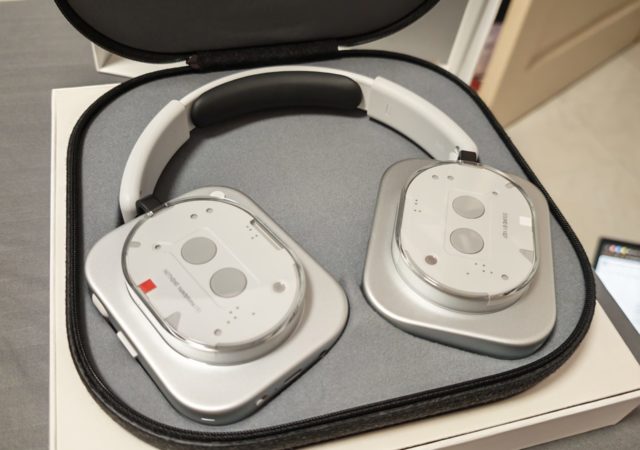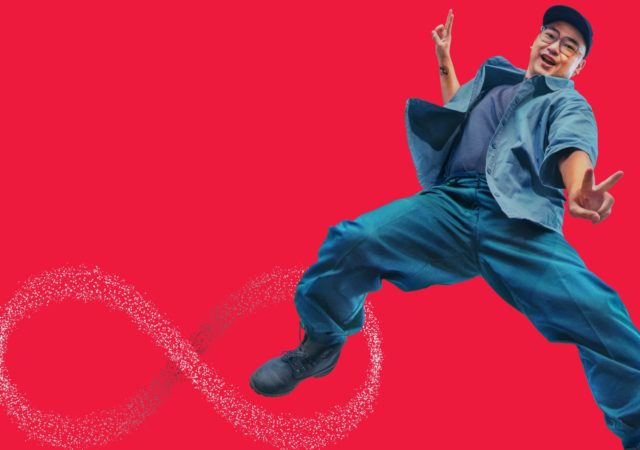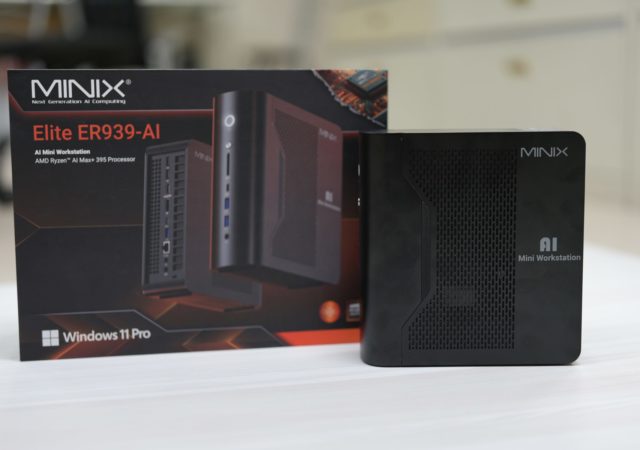Digital is More About Humans Than Machines
By Euan Davis, Senior Director, Center for the Future of Work, Cognizant
 The digital era will rely on machines, but winning will require — perhaps more than ever — talent pools that can thrive across an increasingly digitized economy. The challenge for many companies today is to assemble work teams to blend skills, capabilities and innovative thinking inside, outside and across traditional organizational structures. Oh, and did we mention the need to master the Robots?
The digital era will rely on machines, but winning will require — perhaps more than ever — talent pools that can thrive across an increasingly digitized economy. The challenge for many companies today is to assemble work teams to blend skills, capabilities and innovative thinking inside, outside and across traditional organizational structures. Oh, and did we mention the need to master the Robots?
Make no mistake, knowledge work is undergoing a profound change as analytics, algorithms, big data and automation technologies dramatically enhance innovation, productivity and decision-making. But robots (essentially software tools) are also automating and abolishing rote tasks previously performed by humans. For example, process automation technology ensures insurance customer payments get to the right place, faster and with more accuracy; retailers automate to extract, authenticate and verify supplier invoices in minutes, not days. Although leaders in Asia-Pacific are exploring robots to reshape process work, it’s clear that the workforce of the future needs a new architecture to work because Cognizant’s analysis indicates that new human-plus-machines workflows will become the business norm.
Man vs. Machines? No, it’s a team-up and needs a new architecture to work
“Robots will take all our jobs!” We hear this nearly every day now but despite the doom and gloom, we remain optimistic about machines and the talent (people) that firms will need for the future. As much as humans are beginning to rely on robots, robots won’t be taking over when it comes to intelligent, knowledge work. Robots need smart people to ask good questions, solve problems creatively, and manage data. It is not about having one or the other; rather, robots will need to work in tandem with humans to enable more agile and smarter businesses.
For all of us to stay ahead of the curve, it is no longer a race about “faster or cheaper”. Humans will need to focus on developing, honing and capitalizing on the capabilities that are uniquely human and cannot be replicated today by automated software ― for example, constructive problem-solving, inventiveness, empathy and physical touch (say, in medical management). Humans must focus on jobs that require a high degree of intelligence — at least more than what can be applied today by any robot. So how can companies tap into the strengths of both man and machine so that they achieve higher productivity and superior business results?
We see the rise of a new digital business architecture that will determine the talents organizations need and the structure in which they are set to work. This new digital business architecture features mastery with data at its core, flatter organizational structures, and an ability to use software tools and robots to augment knowledge work. At its core is a new work platform that will augment talent with insight, orchestrate new digital workflows (farewell silos!) and create the infrastructure the people working in a digital business need. Here are five principles organizations can use to begin the journey on building one:
- Use data on talent to build better talent
Leading companies are increasingly adopting sophisticated methods of analyzing employee data to enhance their productivity and well-being. Google and Best Buy are starting to map out how to ensure the highest productivity, engagement and retention of their top talent through analytics. Using metrics to evaluate the effects of a health and wellness program on employee engagement, for example, has allowed a U.S. healthcare company to measure ROI; preventative care visits to its onsite clinics have increased, reducing urgent care costs by millions of dollars in one year alone. By understanding the relationship between employee engagement and online revenue, it can now evaluate the program in terms of revenue contribution.
- Synthesize what talent likes (and doesn’t like)
The true detail of what employees jointly dislike about the job is mostly hidden and unanalyzed. For example, what does LinkedIn really say about where people work if you were prepared to pay for it? Employees will increasingly use their mobile devices or wearables to monitor the applets in the workplace in order for employers to better understand their productive behavioral patterns. For example, Bank of America uses sensory data to better understand employee performance dynamics and learned that call-center performance increased when staff had “hang time” with others in their social circle during lunch breaks. It then deliberately overlapped these lunch breaks, leading to a 23% increase in performance.
- Build an intelligent workplace
Watch for the rise of the intelligent workplace that can monitor its workers’ environment, moods, wants and needs, to create an all-encompassing, intelligent and unobtrusive working environment. Expect to see workplaces increasingly adopting IoT (the Internet of Things) technologies where sensors and data start to anticipate the everyday lives of people, informing, guiding and enhancing professional work relationships. Office environments will become increasingly reactive to the people that inhabit them.
- Enable new human-to-machine workflows
Adding software “robots” will allow talent to work smarter as software begins to automate rote process work and enable new human-to-machine workflows. Process hand-offs and connection points will emerge between people and machines with greater accuracy in decision-making as automation pumps process data rich with meaning around the business. The new digital architecture should augment older sourcing models with new breed options, such as business process-as-a-service, mobile or cyber security services. Rethinking the architecture of work allows organizations to focus on the tasks that drive the most human value.
The upshot for leaders is to carefully calibrate the speed of change as digital transformations accelerate. Tackle the transition too fast and leaders risk breaking the company and its culture; take the shift too slow and the organization risks being left behind as customer expectations shift or a competitive threat blindsides. Digital technologies and what they enable — new business models, new revenue flows and radical new cost structures — are redrawing industry structures and the talents firms need to thrive.
It’s time to get serious about your organization’s most important asset — its people — and about giving them the power they need to succeed in this exciting digital age of newer opportunities.
For the LATEST tech updates,
FOLLOW us on our Twitter
LIKE us on our FaceBook
SUBSCRIBE to us on our YouTube Channel!





